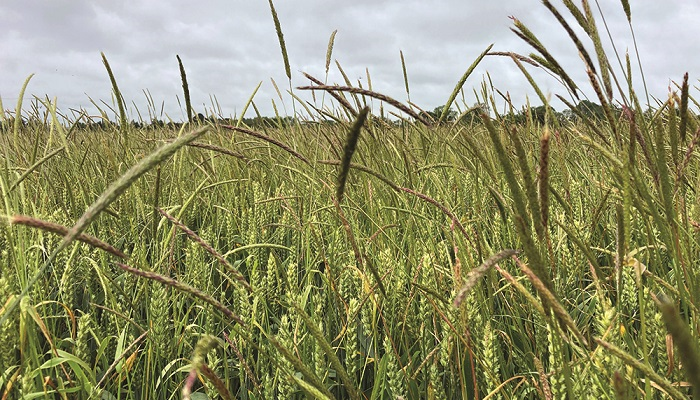13 February 2023
Mycotox-I: field to fork assessment and mitigation of mycotoxin exposure risk on the Island of Ireland

Diana Bucur, Teagasc, tells us about her research.
Mycotoxins are secondary metabolites produced by fungi during the growth of a crop or transportation, processing, or storage. Once ingested by humans or animals, these compounds have an acute or chronic cytotoxic, carcinogenic, mutagenic, or immunosuppressive effect, even at low concentrations. Based on the production of such mycotoxins, Fusarium represents one of the most economically important genus of fungi, Fusarium mycotoxins in cereals causing major health problems in animals and humans worldwide. Currently, the genus comprises about 150 species, and the most common mycotoxins produced by pathogenic Fusarium species are deoxynivalenol (DON), zearalenone (ZEA), T-2 toxin, and HT-2 toxin in wheat (Triticum aestivum), oats (Avena sativa) or barley (Hordeum vulgare).
Due to the large number of species, the classification of different strains is difficult, especially in terms of mycotoxins production, where most of the present reports are based on poorly identified fungal strains. Additionally, as there is a growing concern about the health impact of emergent, modified and combination of mycotoxins present in cereals, the EU is considering imposing new limits for the mycotoxins commonly found in oats. Unlike other crops such as wheat and barley, in oats mycotoxin contamination occurs in the absence of visual symptoms of fungal contamination, making it more difficult to assess.
For this reason, the Mycotox-I project proposes a farm-to-fork strategy to minimise mycotoxin contamination in cereals in Ireland. The project predominantly focuses on oats due to their importance to Irish agriculture and the difficulties with predicting a problem in this crop. As the production of the mycotoxin starts in the field and continues during storage, the project will develop and standardise the technologies for predicting the mycotoxin potential within cereals, and mycotoxin contents within cereal products.
Our involvement in this project is focused on obtaining a broader knowledge of the spectrum of mycotoxic fungi and mycotoxins present in Irish cereals. To do so, the levels of Fusarium infection in Irish cereal crops are assessed based on field scale surveys that we develop and conduct each cropping season for the duration of the project.
Further, using the samples we collect using the sampling framework developed to cover different production systems and key factors that might contribute to fungal infection, the Fusarium species infecting Irish cereal crops will be isolated, identified and characterised. Additionally, the impact of cropping systems on mycotoxin contamination of Irish grains will be evaluated, by conducting field scale trials.
The survey data will provide the Island of Ireland Food Safety Authorities with the baseline data regarding the risk of current and emerging mycotoxins to the Irish cereal grain industry and processors. Using this strategy, the knowledge of the impact of different cropping systems and agronomic parameters on the occurrence and levels of Fusarium mycotoxin contamination of cereals will be minimised, allowing us to deliver safer, sustainable, and traceable food.
Watch Diana’s presentation for the recent Teagasc National Tillage Conference 2023
